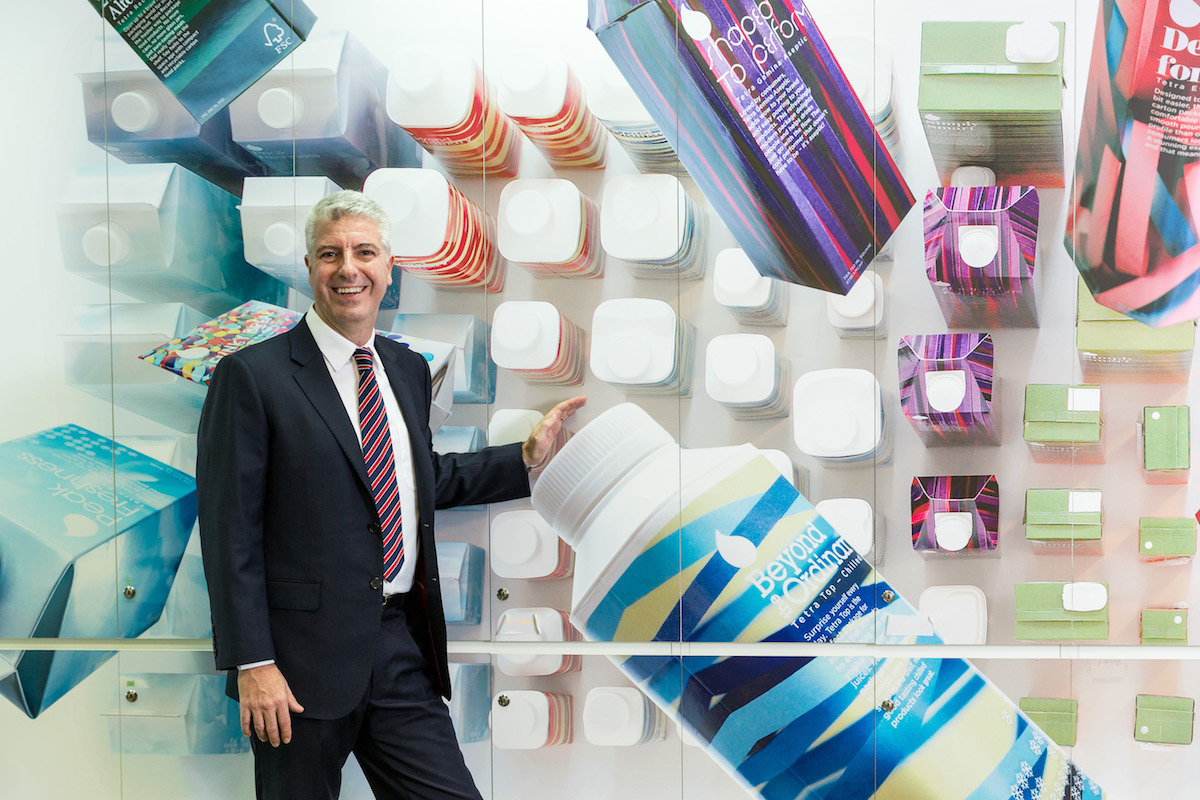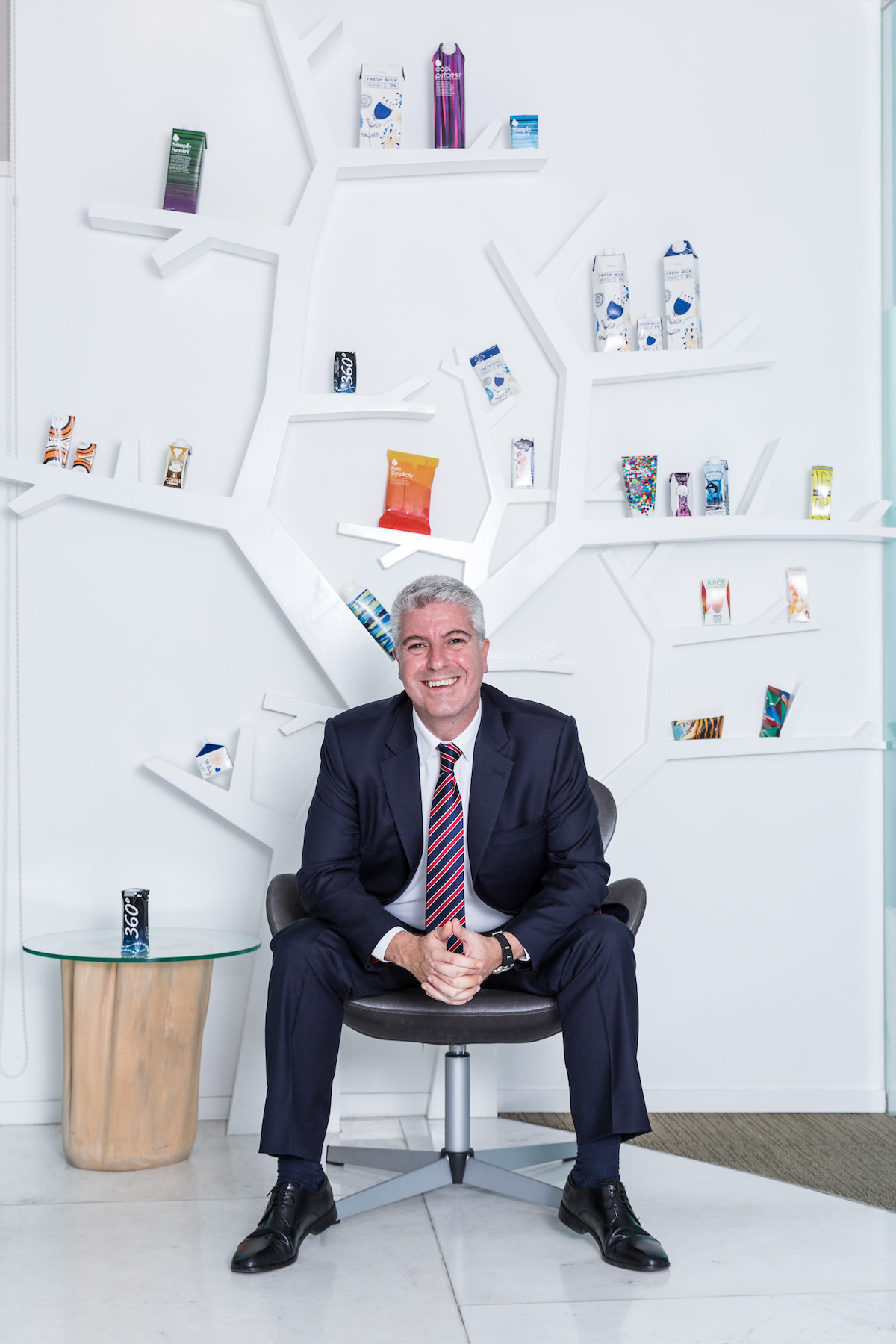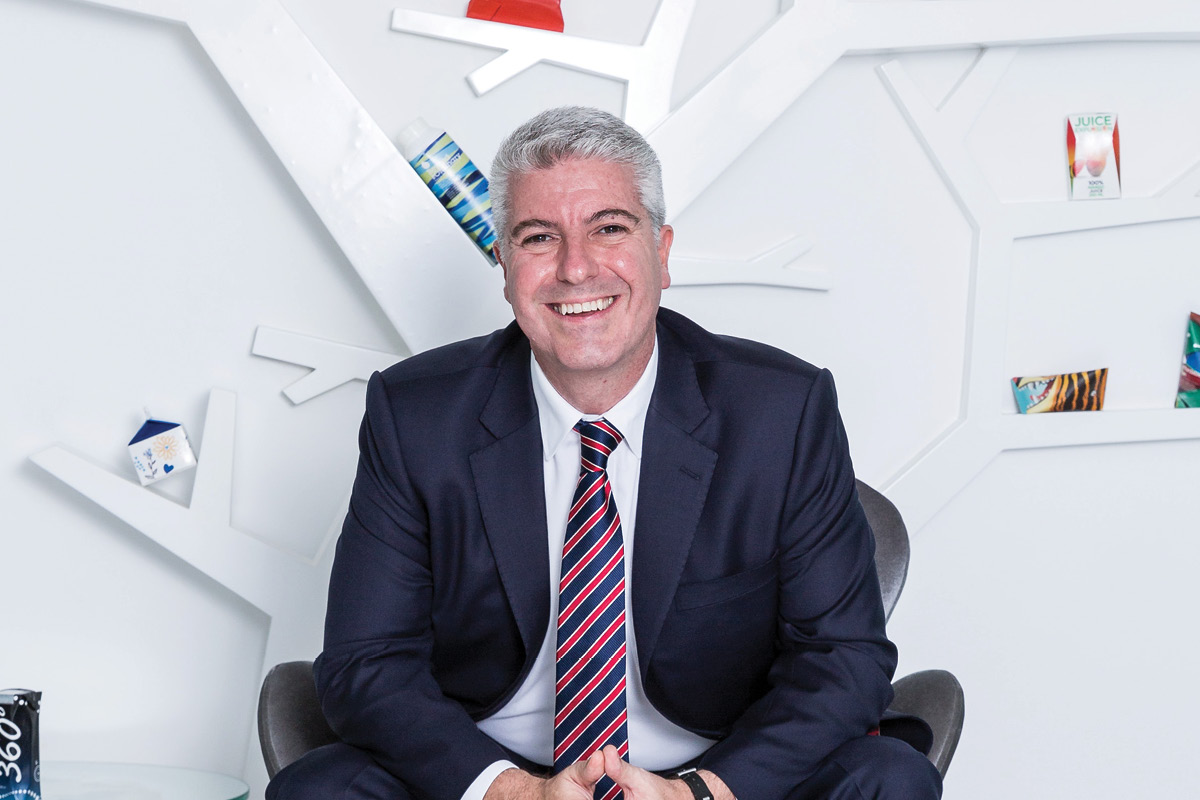It was only ever a matter of time before Tetra Pak invested in a new state-of-the-art production facility in Vietnam. The global leader in food processing and packaging solutions already has 42 factories worldwide, so adding another one to Asia just made sound business sense.
Last year, demand for Tetra Pak’s dairy and juice beverages reached 70 billion litres across ASEAN member states, South Asia, Japan, Korea, Australia and New Zealand, with these markets expected to grow at 5.6% annually over the next 3 years.
By 2019, in addition to the 3 current Asian factories in Singapore, India and Japan, Tetra Pak’s new US$110-million greenfield factory will boost supplies primarily to Australia, New Zealand and the ASEAN markets, including Vietnam. However, while the decision to build the factory near Ho Chi Minh City was based on today’s increasing demand for its products, Tetra Pak had to first overcome the traditional mindset of the Vietnamese, one which did not include drinking milk and juice from a carton.
Milk has never been part of the staple diet for Vietnam, and with fruit juice squeezed fresh daily on nearly every street corner, there was no incentive to buy it off the shelf in a carton. Tetra Pak’s managing director in Vietnam, Robert Graves, explains to The CEO Magazine how he had to quickly understand that the basic drinking habits of the average Vietnamese person were historically vastly different from those of the Western world. Despite Tetra Pak’s six-decade history, there were still new frontiers to be conquered. Vietnam was one of them.
The CEO Magazine: How long have you been working with Tetra Pak?
Robert: I started as an intern in Mexico in 1996, joining formally a year later. Mexico was one of the first markets Tetra Pak explored, and in 1960 they built the first production plant outside of their Swedish headquarters.

I started in sales and business development; my main responsibility was the school milk program. Then I was put in charge of marketing for Mexico, Central America and the Caribbean before being appointed vice-president for Marketing and Product Management in North America in 2006.
When appointed managing director of Vietnam’s operations, what opportunities did you recognise?
Vietnam is a key market for us, given its massive consumption potential and a healthy GDP growth of nearly 6%. It is also one of the countries where food safety is a big concern, owing to lack of chilled infrastructure. In this context, our aseptic technology can fill this gap from an industry as well as a social perspective, by allowing food and beverages to be distributed to the farthest corners of the country at affordable levels, without the need for refrigeration and preservatives.
To realise this opportunity, we’re adding the fourth packaging material factory in the region. Protecting food and environment has always been in our DNA; therefore, we will equip the new factory with our latest technological innovations to bring high-quality, safe packages to consumers. The new factory will have an expandable capacity of up to 20 billion packages a year, across a variety of formats.
Who are your core customers?

We’re partnering with most of the players in the dairy and soy industries. Our strategy for the upcoming years is to continue developing our customer base and enter into new categories such as juices and fruit beverages. Later on, when the market is ready, we’ll expand into liquid and solid foods.
What challenges did Tetra Pak initially encounter in Vietnam?
I come from an environment – and indeed it’s been the same in all the other countries I’ve worked in – where drinking milk is very much a part of the culture. However, many Asian countries aren’t used to drinking milk, and in Vietnam it was always just sweetened condensed milk, which was given to babies and ill people.
Drinking juice from a carton was also not familiar to the Vietnamese, who are more used to drinking juice fresh from street vendors. We’ve had to educate them about the convenience and safety of drinking from a portable, disposable carton.
Has that mindset changed?
Yes. Emerging now is the first generation of kids who’ve been encouraged to drink milk over the past 2 decades. In 2010 in Vietnam, milk consumption was at around just 15 litres per capita. We expect that by 2020 it will be at almost 28 litres.
In 2010 in Vietnam, milk consumption was at around 15 litres per capita.
We expect that by 2020 it will be at almost 28 litres per capita.
We also expect demand for our beverage cartons to rise at a much faster rate than other packaging such as glass bottles and cans. It’s about convenience, food safety and nutrition. Environmentally, there are huge benefits as our cartons have a very low environmental impact with about 70% of the packaging material made out of paper, a renewable resource.
What strategies do you use as a leader to drive your team to success?
The success we enjoy each year at Tetra Pak in Vietnam is based on 4 principles. The first is that we have a very clear vision and strategy. The second is that we’re really focused on prioritising, recognising what we need to be working on.
The third is about teamwork – and I’m talking about every single one of our employees, no matter which function area they’re working in. The final one is about customer centricity: if we help our customers, then we will also be successful.
What has inspired you to stay at Tetra Pak for more than 20 years?
I love it because of the fantastic network it offers around the globe and the fantastic working environment. I’m surrounded by good people. The spirit of this company is also inspiring. We’re committed to making food safe and available everywhere.

